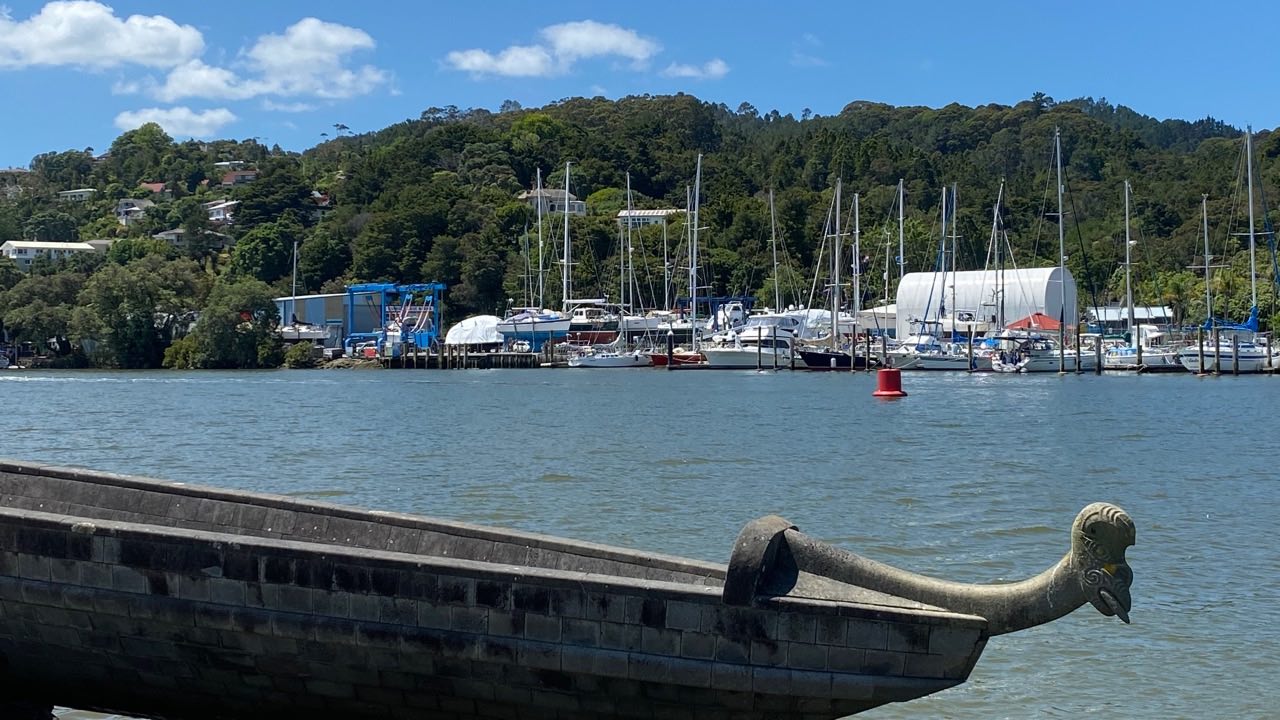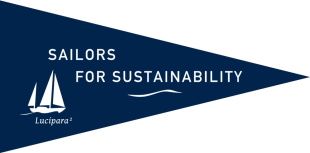Collecting Pieces of the Puzzle
“All the sustainable solutions we discovered are like pieces of a large, complex jigsaw puzzle”, Floris explains. “As we collect more and more pieces, the contours of an ecologically sound and socially just society become better visible. That image can act like a compass to guide our behavior. It’s an image based on success stories that have already been realized somewhere in the world, not on a utopia.” At the same time, we realize that the puzzle is far from finished. We will therefore continue our search for inspiring sustainable initiatives in New Zealand and beyond. There is still plenty to discover.
All Hands On Deck
Even though we are only halfway, our journey has already made us more hopeful about the future. That is because we have found so many concrete opportunities to deal with nature and each other in a smarter and better way. The next challenge is to make all those good examples a success everywhere. “Never underestimate your own influence”, we say to anyone who asks us what they can do themselves. “You can get started with sustainable solutions yourself, and think of your role as a member of a family and in the community. Or as an employee, entrepreneur, consumer, voter, or investor”, we explain. Of course, system change is also needed, but that cannot take place without the support of large groups of people. That is why it is so important that as many people as possible contribute to sustainable change. As there is a lot to do and time is running out, it really is all hands on deck!



